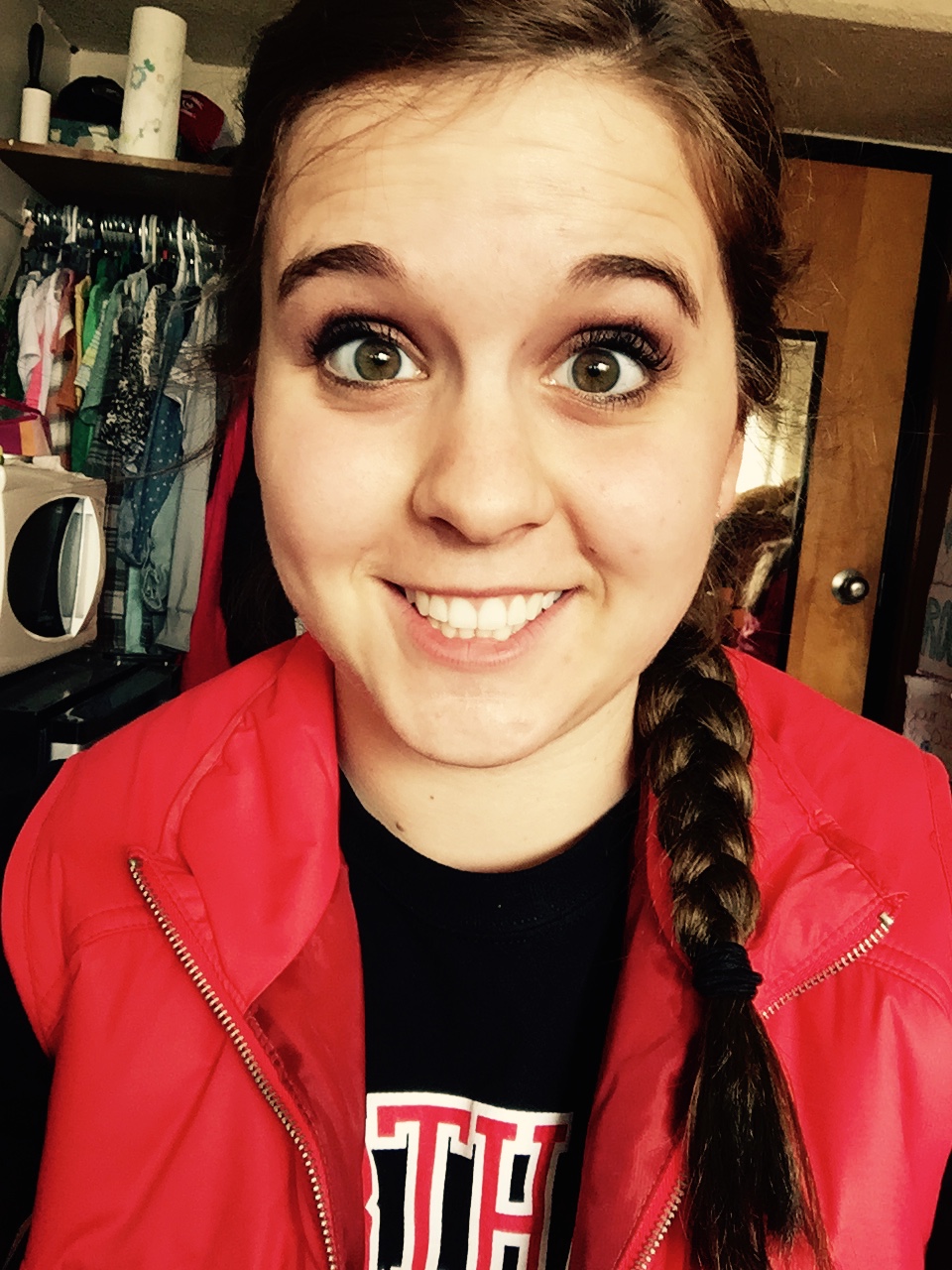Celebration of Scholars
Molecular Dynamics Simulation Study of the Binding of Chlorthalidone Enantiomers to a Chiral Molecular Micelle
 Name:
Jordan Ingle
Name:
Jordan Ingle
Major: Chemistry
Hometown: Shelbyville
Faculty Sponsor: Kevin Morris
Other Sponsors:
Type of research: SURE
Funding: SURE
Abstract
The mirror image forms of drugs or enantiomers often bind differently to chiral biological receptors causing them to have different physiological effects. The molecular micelle used in this research, poly(sodium undecylleucine valinate) poly(SULV) has been used by researchers to separate the enantiomers of chiral drugs. In this project we studied the intermolecular interactions between the chiral drug chlorthalidone and poly(SULV). Chlorthalidone is a thiazide drug used to treat fluid retention in patients with hypertension. It is taken by mouth in either 25 or 50 mg doses. The enantiomers of chlorthiadone were docked into one of six different binding sites of poly(SULV). Molecular dynamics simulations were then carried out with each intermolecular complex. For each molecular dynamics simulation, the ligands’ solvent accessible surface areas and binding free energies were analyzed, along with the hydrogen bonds formed between poly(SULV) and the ligand. These results were used to develop a mechanism for the binding of chlorothiadone enantiomers to the molecular micelle.
Submit date: March 10, 2016, 10:06 a.m.
